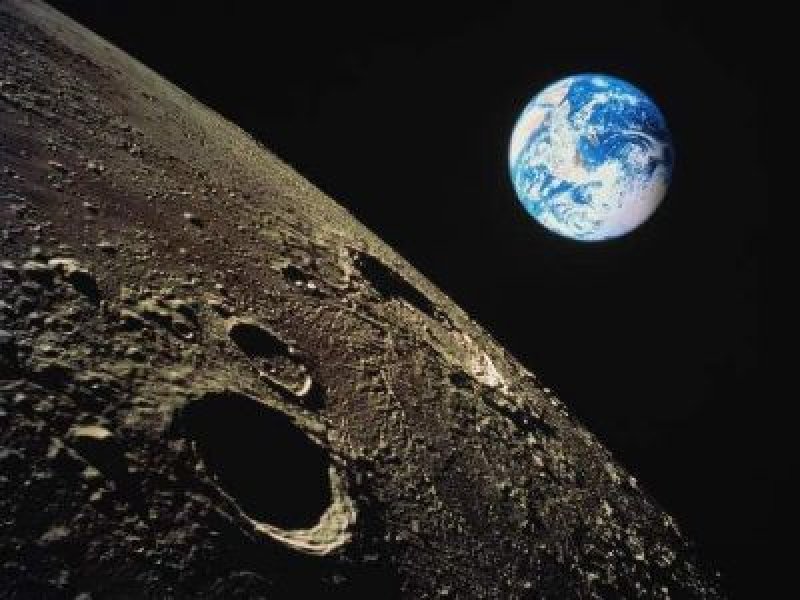Geologic clock helps determine moon's age
An international team of planetary scientists determined that the Moon formed nearly 100 million years after the start of the solar system. This conclusion is based on measurements from the interior of Earth combined with computer simulations of the protoplanetary disk from which Earth and other terrestrial planets formed.
The team of researchers from France, Germany and the United States simulated the growth of the terrestrial planets (Mercury, Venus, Earth and Mars) from a disk of thousands of planetary building blocks orbiting the Sun. By analyzing the growth history of Earth-like planets from 259 simulations, the scientists discovered a relationship between the time Earth was impacted by a Mars-sized object to create the Moon and the amount of material added to Earth after that impact.
Augmenting the computer simulation with  details on the mass of material added to Earth by accretion after the formation of the Moon revealed a relationship that works much like a clock to date the Moon-forming event. This is the first "geologic clock" in early solar system history that does not rely on measurements and interpretations of the radioactive decay of atomic nuclei to determine age.
details on the mass of material added to Earth by accretion after the formation of the Moon revealed a relationship that works much like a clock to date the Moon-forming event. This is the first "geologic clock" in early solar system history that does not rely on measurements and interpretations of the radioactive decay of atomic nuclei to determine age.
"We were excited to find a 'clock' for the formation time of the Moon that didn't rely on radiometric dating methods. This correlation just jumped out of the simulations and held in each set of old simulations we looked at," says lead author of the Nature article Seth Jacobson.